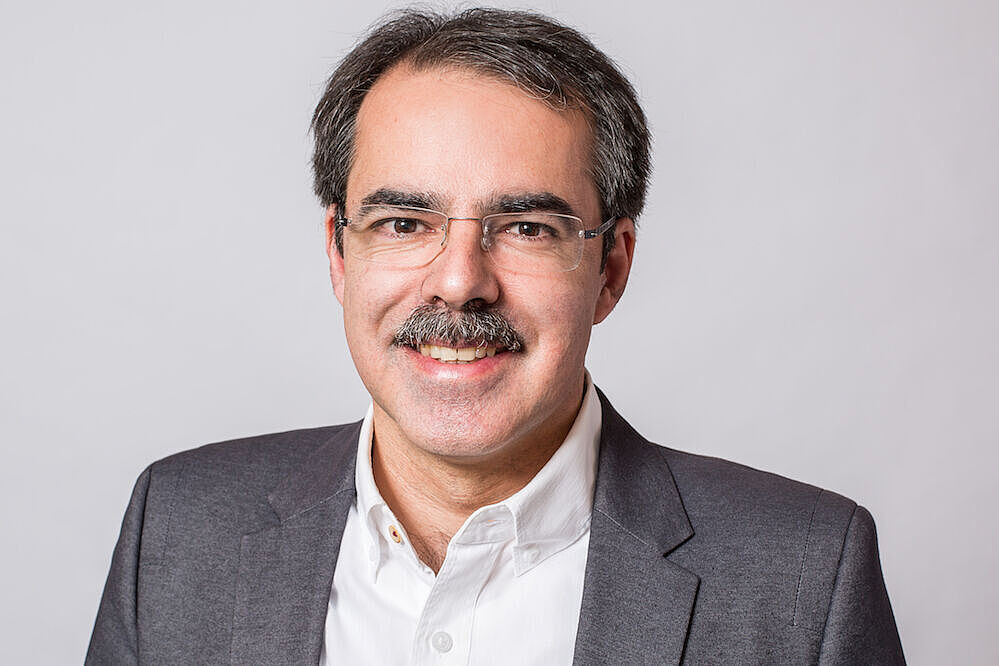Berlin’s non-university research institutions have joined forces to create Berlin Research 50 (BR50). You are spokesperson of the “Technology and Engineering” unit. What do you hope to achieve with this initiative?
The motivation behind BR50 was the question of whether, and how, non-university research in the Berlin area should join forces. Several preparatory meetings were held, such as the fireside chat in Adlershof last December, initiated by FVB, which was attended by a large number of institutions. This meeting led to the emergence of the idea that we would like to team up for the purpose of shaping research and science policy and of conducting interdisciplinary research activities. It is less a case of focusing on traditional discipline-based research tasks, and more one of addressing overarching, interlinked topics. The pandemic, for example, is a clear case of the importance of taking an interdisciplinary approach in science. After all, the current crisis needs to be understood from various perspectives – from the pandemic and sociological context to the economic context. This calls for holistic approaches. Such topics will be the subject of debate in the BR50 Interest Groups. We generally believe that BR50 should remain free to engage as it sees fit. Rather than place further obligations on the institutions involved, the alliance should open up new opportunities for them.
BR50 was only established in February, but the alliance already plays an important role, giving Berlin’s non-university institutions a voice.
Yes, BR50 is active in the standing pandemic task force of the Senate Chancellery for Higher Education and Research, which makes it an important institution to consult in such matters. We point out problems and ensure that consideration is given to the area of non-university research, such as by providing support to people who have been affected badly by the closure of nurseries and schools, or by introducing special rules for researchers.
Many view BR50 as a counterpart to the Berlin University Alliance (BUA). How will BR50 cooperate with BUA?
BR50 was not established as a counterpart to BUA. BUA joined forces for the purpose of submitting a joint application within the Excellence Strategy – and did so with the greatest of success; BR50 emerged on the initiative of non-university institutions.
BUA will be an important point of contact for us when it comes to major issues such as joint professorships or overarching project proposals. Non-university research also plays an important role in addresses the global challenges – the grand challenges – that BUA devotes itself to. Our common objective is to strengthen Berlin as an international hub of research.
What are your general thoughts on the role of alliances?
Alliances must provide clear added value. In the case of the Math+ excellence cluster, of which I am Co-Spokesperson, the alliance is discipline-based in nature; the advantage of FVB, on the other hand, is its joint administration, which promotes the institutes in the best possible way. The added value they generate is different, but it is clearly existent in both cases. It is different again in the case of BR50 – here, we go beyond discipline-based aspects to address matters concerning science policy. Belonging to an alliance means having to invest, but if the majority of members play their part, there is a return of investment. A group is more robust, but individuals are more agile – the art is to be both of those things within an alliance.
The interview was conducted by Anja Wirsing and Gesine Wiemer.
Translation: Teresa Gehrs


